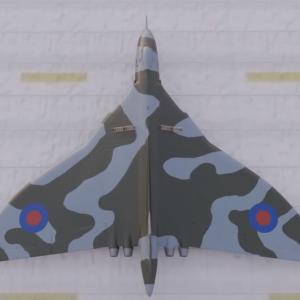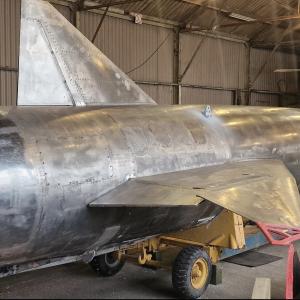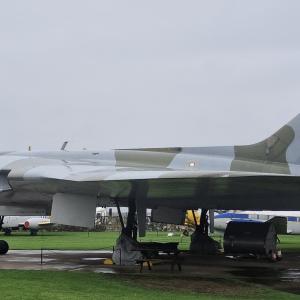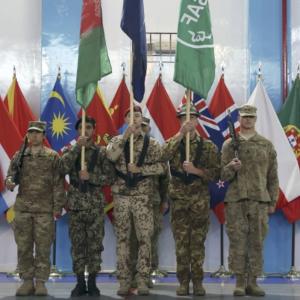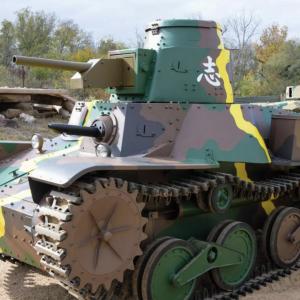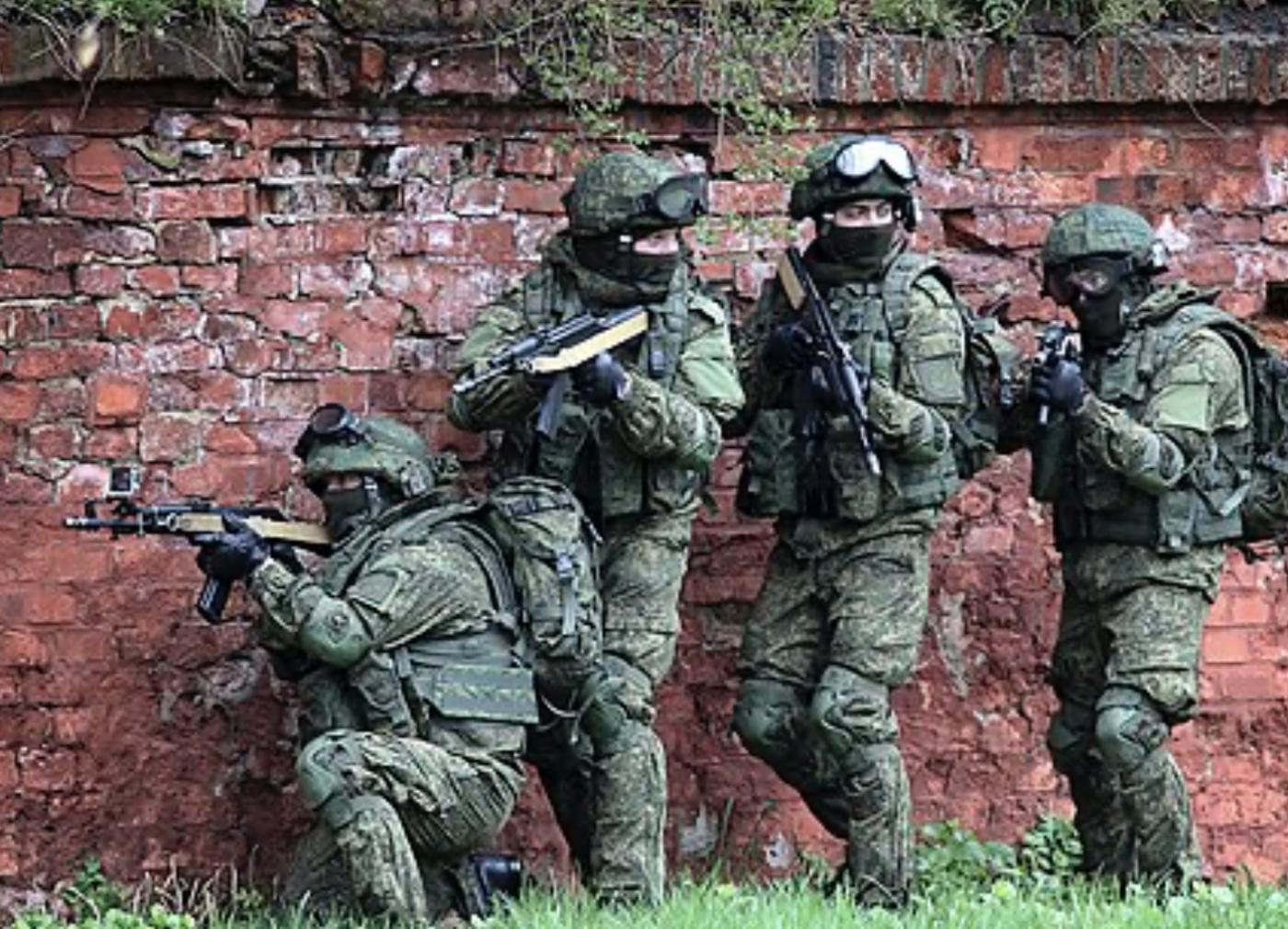
Spetsnaz
Spetsnaz units are outfitted with a wide variety of weapons tailored to the diverse and unpredictable nature of their missions. Their arsenal is constantly evolving, shaped by years of combat experience and adapted to meet modern battlefield demands. Weapons are selected not only for reliability and firepower, but also for adaptability in different environments—urban, mountainous, forested, or arctic. Unlike regular infantry, Spetsnaz operatives are often allowed a degree of flexibility in choosing their weapons based on mission specifics, with some favoring custom or foreign gear when necessary.
The foundation of their armament lies in the AK (Kalashnikov) family of rifles, long admired for its durability and simplicity. The standard issue is typically the AK-74M, chambered in 5.45×39mm, a lightweight and low-recoil weapon effective for both automatic and semi-automatic fire. For more specialized roles, they often use the AK-12, a modernized version with improved ergonomics, modular rails, and better accuracy. In close-quarters combat, the AKS-74U, with its shortened barrel, has been a go-to weapon due to its compactness and maneuverability in tight environments.
For suppressed operations, especially those involving reconnaissance, sabotage, or assassination, Spetsnaz employ a range of integrally suppressed firearms. One such weapon is the AS Val, a suppressed assault rifle firing 9×39mm subsonic ammunition designed for stealth and armor-piercing capability. Closely related is the VSS Vintorez, essentially a sniper variant of the AS Val with a more accurate barrel and a scope for silent, long-distance shots—ideal for eliminating sentries or high-value targets without alerting nearby forces.
In urban operations or close protection duties, Spetsnaz teams often rely on submachine guns such as the PP-19 Bizon, which uses a high-capacity helical magazine and is available in various calibers. Another favored SMG is the PP-2000, a compact weapon ideal for close encounters or vehicle-based operations. For personal defense and secondary firepower, many carry pistols like the MP-443 Grach, the Russian military’s standard sidearm, or the Makarov PM, an older but still widely used handgun.
Snipers and designated marksmen within Spetsnaz units have access to several precision rifles, depending on mission range and desired stopping power. The SVD Dragunov remains a workhorse, offering semi-automatic fire with a powerful 7.62×54mmR cartridge. For greater accuracy or higher-caliber fire, the SV-98 or the ORSIS T-5000 bolt-action rifles are often used. These rifles can be seen in counter-sniper roles or for neutralizing distant or fortified targets.
Shotguns, too, are part of the Spetsnaz toolkit, especially for breaching doors or intimidating close-range engagements. The Saiga-12, a semi-automatic shotgun based on the AK action, is popular for such roles, offering rapid fire and reliability. Grenade launchers are frequently mounted under assault rifles—typically the GP-25 or GP-30—allowing troops to deliver fragmentation rounds into windows, trenches, or enemy concentrations. For heavier needs, the AGS-30 automatic grenade launcher provides suppressive fire and destructive capability at greater distances.
In terms of explosives and breaching tools, Spetsnaz soldiers are trained to use everything from C4 and shaped charges to hand-thrown grenades like the F1 (fragmentation) or RGD-5. They may also deploy flashbangs or stun grenades during hostage rescues or building clearances. Portable anti-tank and anti-armor systems such as the RPG-7, RPG-26, or the more modern RPG-30 are standard for disabling vehicles or fortified positions.
Modern Spetsnaz operators are also equipped with optics, night vision devices, thermal imagers, laser designators, and advanced communication systems to coordinate with other units and commanders in real-time. Modular body armor, camouflage adapted to terrain, and tactical helmets fitted with mounts for cameras or night vision goggles enhance both protection and situational awareness. This technological integration allows them to fight effectively in day or night, and in environments where regular forces would be at a disadvantage.
Though the heart of their combat efficiency lies in training, adaptability, and discipline, the weapons they carry reflect their multi-role nature—assassins, saboteurs, snipers, raiders, and scouts rolled into one. Whether operating in the shadows of a foreign capital or the forests of the Caucasus, Spetsnaz troops bring with them a toolbox of lethal instruments, each chosen for a specific purpose: fast, silent, and devastating.

